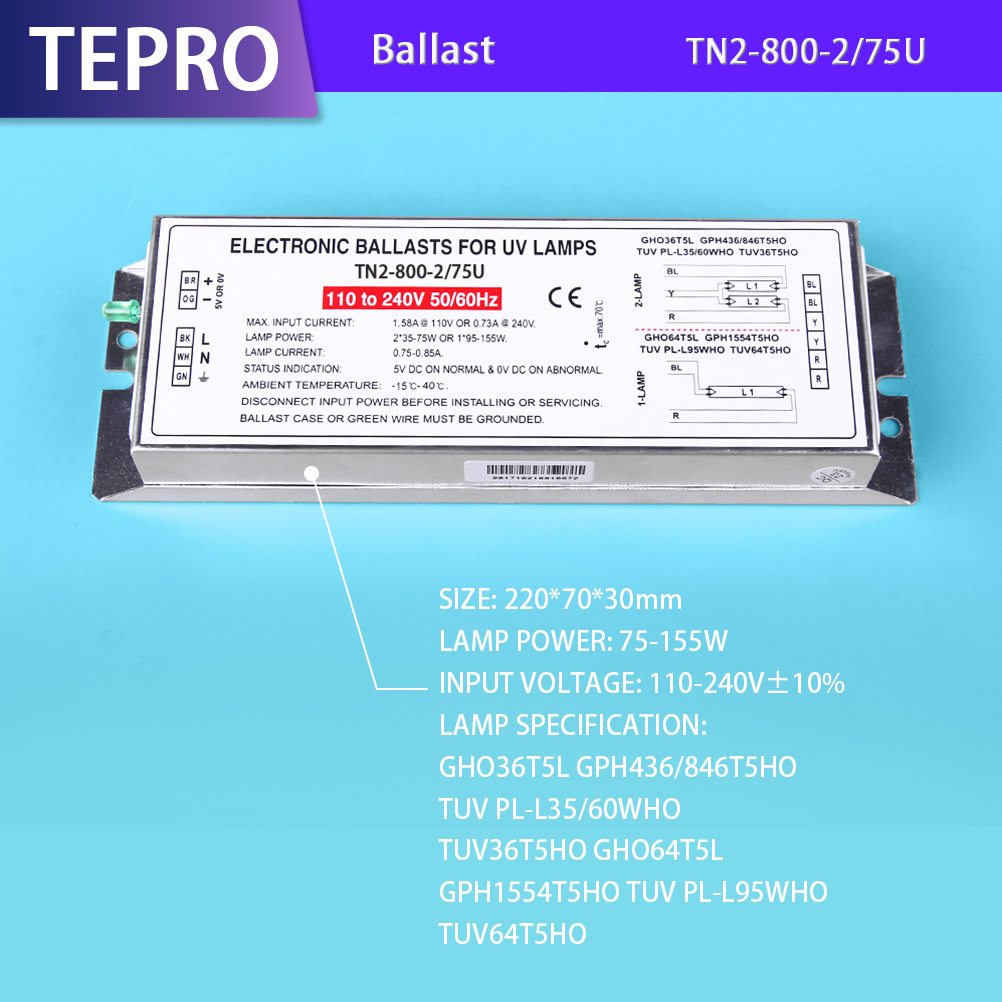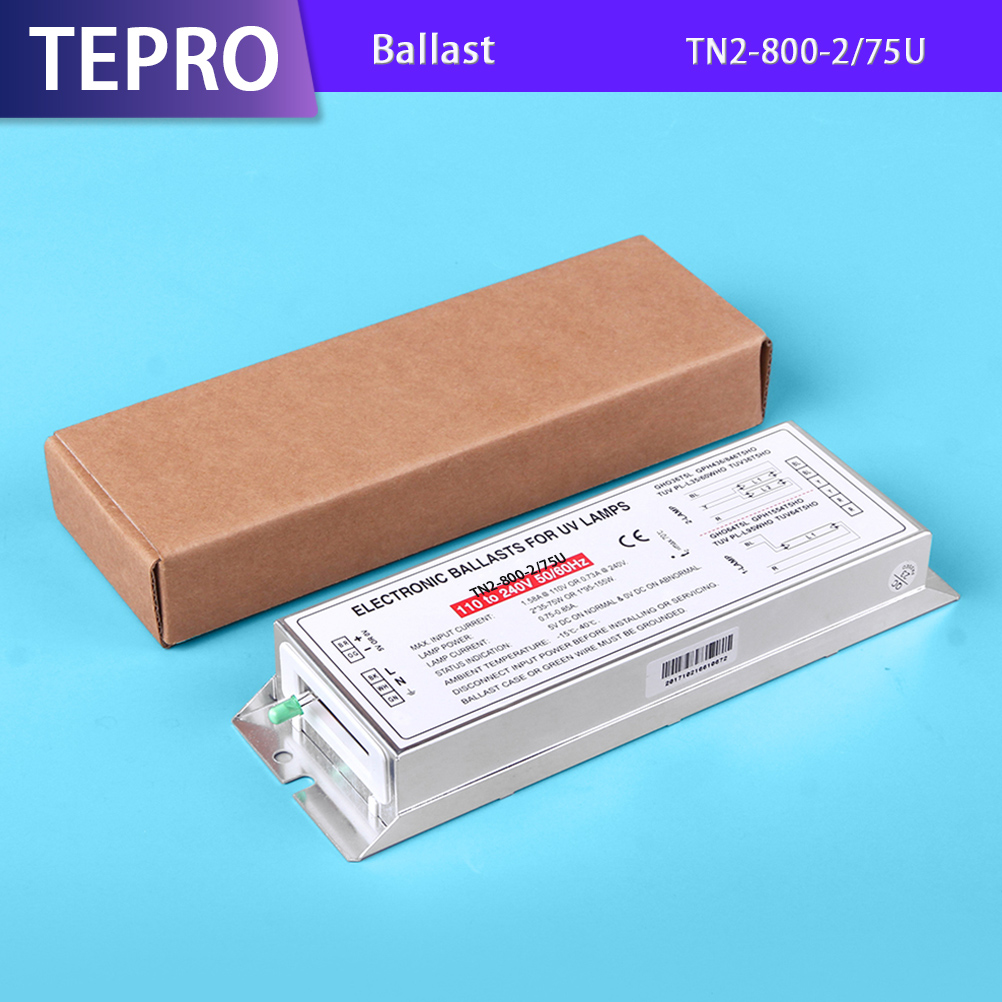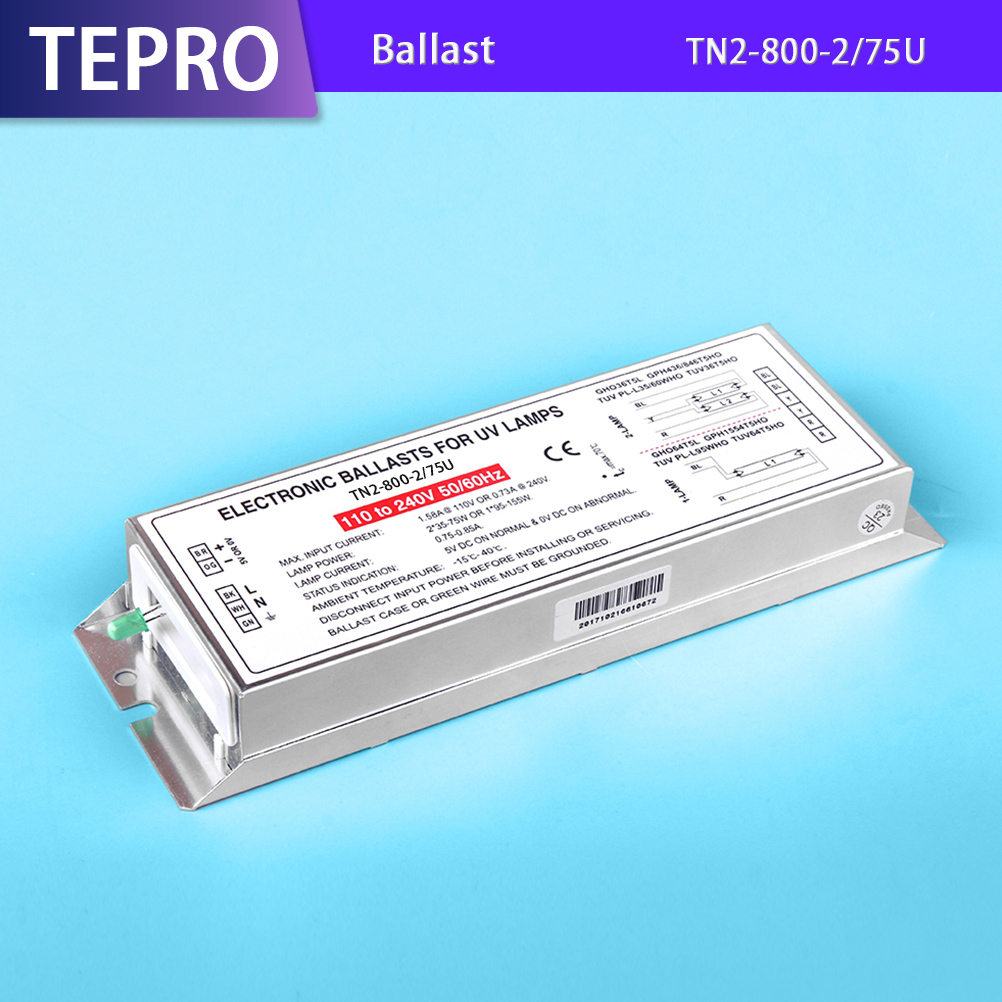Classification of ballasts
Resistance ballast
A resistor ballast is one that regulates the lamp current by applying a voltage across the resistor proportional to the current.In the gas discharge light source circuit with dc power supply, the application of resistance ballast is simple in design and processing, but the power consumption is large and the efficiency is low.In the gas discharge source circuit with ac power supply, resistance ballast is also used. For example, tungsten wire is used as resistance ballast in the high-voltage mercury lamp circuit.But generally speaking, the application of resistance ballast in ac circuit will affect the current waveform of lamp, and make the luminous efficiency and stability of lamp decrease, but can improve the power factor of the circuit.
Inductance ballast
Inductance ballast, also known as reactor and choke, is a type of hysteresis ballast, that is, the lamp current phase lags behind the voltage phase of the power supply.It regulates the lamp current by the voltage on the inductor proportional to the rate of time change of the current.It is mainly used in gas discharge light source circuit with ac power supply.Compared with the resistance ballast, it can improve the current waveform and stability of the lamp.The inductance ballast is composed of iron core made of ferromagnetic material, coil made of enameled-wire and related insulation material.Inductance ballast is designed according to the power supply voltage, lamp voltage and lamp current, mainly to ensure the electrical parameters of the lamp, but also consider the loss, temperature rise and other parameters.In practical application, the performance of inductor ballast is stable and reliable, but it is bulky and noisy.








